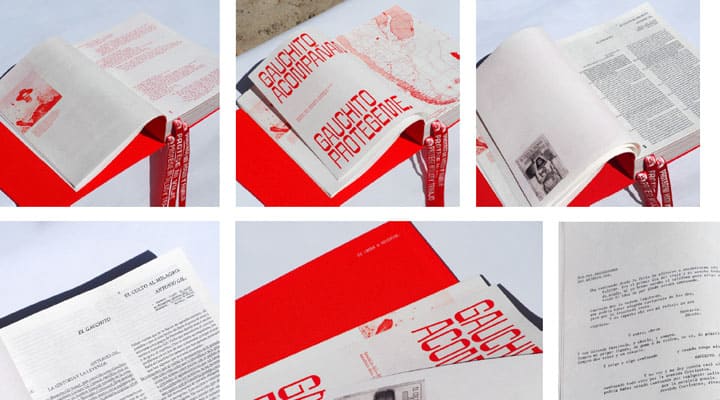Writing (script and ‘scriptura’)
- A fully fledged form of communication. As such, it is only comparable to a spoken language. It allows for a message to be stored and read at a different time and place than that of its creation.
- Thought in graphic form. Mainly linguistic thought, but not always. A formula, for instance, is a piece of writing representing an abstract statement, not a linguistic one.
- Repertoire of stylized marks, a system or code. Some marks represent linguistic units (enclosed in vertical bars): p Ș ω Д; others represent abstract or informative notions: 2 $] → £ #.
- The matter, which is standardized by Unicode.
- Hand and arm gestures using a simple device (in handwriting) or complex technological mediation (keyboards, applications, digital devices) when using digital tools.
- Actuality, not potentiality. A real macrophenomenon: the sum of all acts of writing.

Text (‘textus’)
- Again, an entity of dual nature: thought set in a graphic form.
- Act of expression, aspiration of being understood, purpose of clarity.
- A fully developed written chain.
- Discourse, a complex statement, ideas in a structure, debate, connotation.
- Ferran Toutain (Sobre l’escriptura, 2000, 13): writing a text is “a method of thinking; maybe not the only one, but certainly the most articulated, the most precise, the most ambitious”.
- Matter on a digital screen or a page is the component that livens up the page or screen.
- In the digital sphere, it is either completely lacking in format (plain text) or it is formatted (rich text).

Paragraph (‘παράγραφοц’)
- A block of writing, a component of the discourse, a basic thesis.
- A unit of discourse within a larger unit. Toutain (idem, 62): “[It] cannot be autonomous of the paragraphs preceding it or coming after it, and at the same time its independent structure needs to be built. […] It’s a matter, as always, of proposing a subject and unfolding it.”
- One piece in the layout, identifiable thanks to specific graphic devices: indentation, white space before and after, a short last line, different body size…
- A layout unit with various specializations: running-text paragraph, quotation paragraph, note paragraph…
- Balance of black and white, distribution of three whites: between characters, between words, and between lines.
- The part of the work where typesetting and page layout converge.

Work (‘opus’, workpiece)
- The text entirely expanded. In classical rhetorical terms: inventio.
- Graphic composition: presentation of typographic forms in a deliberate harmony. In rhetoric terms: dispositio.
- Content: distribution according to a plan, a line of reading, and an hierarchy. In rhetorical terms: elocutio.
- Culmination of a creative, intellectual process.
- Publishing: gaining a presence, ideas emerging from whatever cave they were hiding in.
- Publishing: seal of approval by the author, editor, and publisher; an end point, completeness of message and form.
- One half of the communicative act of writing-reading. A work ready to be read, waiting for a reader, accessible.
- A product readable in circumstances unknown by its creators.
- An autonomous, self-sufficient piece of knowledge.
- An industrial product, an object (solid or digital) that can be recursively reproduced and with intrinsic economic value, even when it is given out for free.








